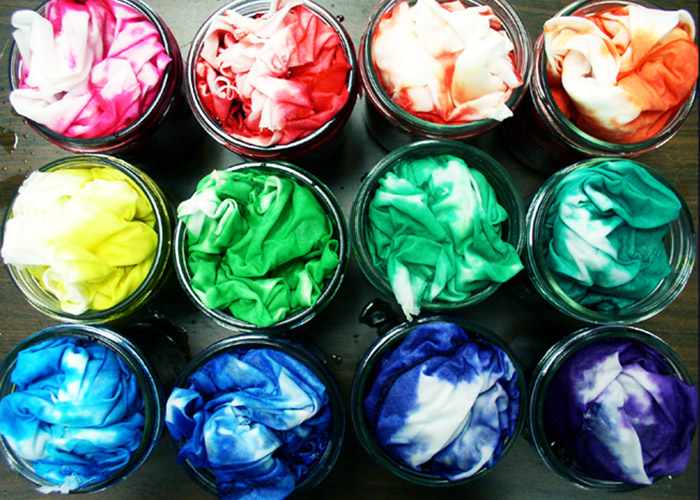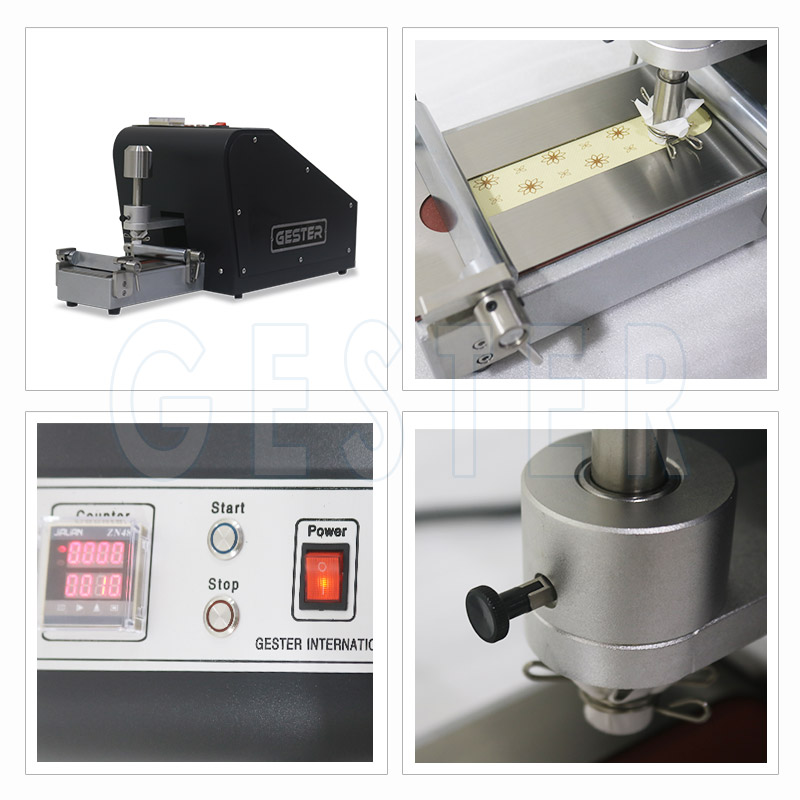Color fastness is a type of color fastness, also known as color fastness or color fastness to bleed, which refers to the migration of dye or residual floating color on the fabric, mainly reflecting the fabric after washing or being exposed to rain. The degree of contamination that causes dyes to elute at dyeing sites and shift to white or light-colored base fabrics comes from Japan. It is also called the "big pill method" in the Japanese test method.
Color weeping fastness has now become one of the common testing items for Japanese singles. Generally speaking, it is required to reach level 4 or above 4-5, which is mainly manifested in medium and dark colors. It is often associated with color fastness. Good color fastness and good weeping fastness will also be good.
The improved color fastness of cotton fabrics can be improved and strengthened from the following major aspects:
1.choose the right dye
Because
the dyes are often accompanied by a small amount of incomplete dyes in
the synthesis, the presence of these dyes will not only affect the color
fastness but also affect the other color fastness. Therefore, the color
fastness test should be done before use. At the same time, attention
should be paid to the use of reactive dyes in which the water-soluble
groups in the dye structure are not too high and the directness is
intermediate.
2.Pay attention to the impact of water quality
The
calcium and magnesium ions in the water will form insoluble matter with
the dye and adsorb on the surface of the fiber, becoming floating color
and hindering the diffusion and penetration of the dye, reducing the
color fastness and even affecting the shade and vividness. Therefore,
soft water or chelating dispersant must be added. Wait.
3.to strengthen the washing and soaping process
The
residual alkali salts on the fibers, hydrolysis, and the floating color
of the unbound dyes are the key factors affecting the fastness, and
high-performance anti-soap soaping agents with excellent properties
should be selected, and soaps should be soaped under neutral or weak
acid as much as possible. Higher temperatures are used to wash off
unbound dyestuffs inside the fabric, but it is also important to note
that too high a temperature can cause breakage of bonded dyes,
especially under alkaline conditions.

4.using solid color processing
The
use of excellent cations and reactive fixatives can block the
water-soluble groups of the dyes, making the dyes insoluble in the lake
and depositing in the fibers, reducing the water solubility of the dyes,
while a small amount of hydrolyzed dyes can also participate in the
fixation. Cross-linking further increases the binding force with the
fiber, thereby effectively improving the wet processing of the dye, the
fastness of the color cry, etc., and if necessary, individual deep color
shades can also be subjected to a re-fixation process.
Of course, in addition to paying attention to the above points, whether the quality of the grey cloth itself and the pretreatment, bleaching and mixing, or even the dyeing process is reasonable will all affect the dye's ability to fully absorb, diffuse, and anchor, further standardize the operation and optimize the process to avoid staining. The formation of too much dye on the surface of the fiber and the phenomenon of dyeing back is to ensure that the color fastness of the reactive dyes is also the basis and guarantee for improving the color fastness.
GESTER color fastness tester:
